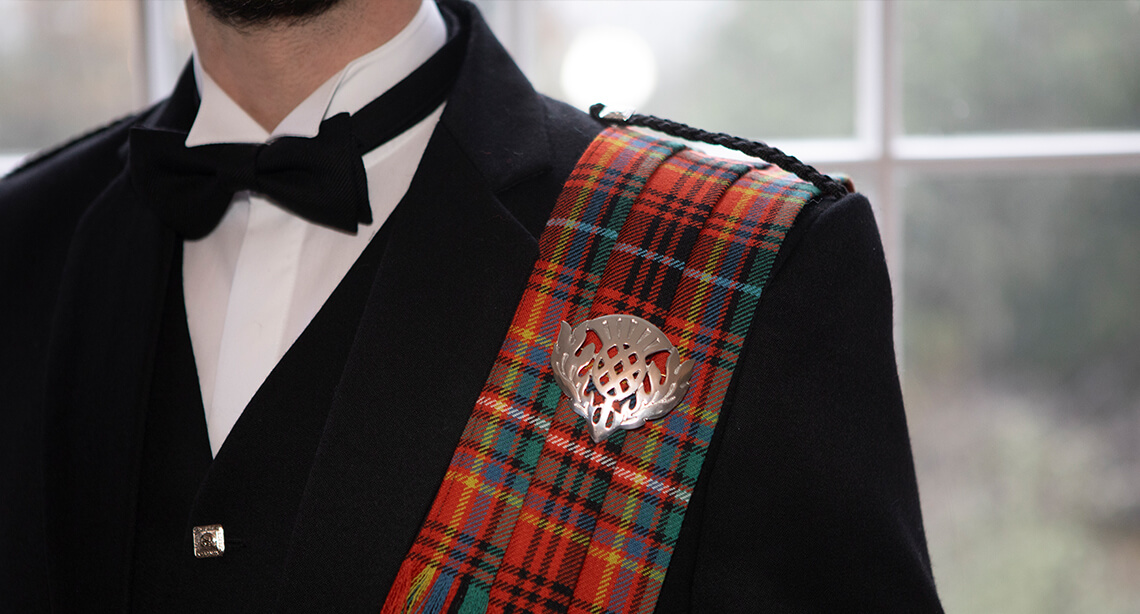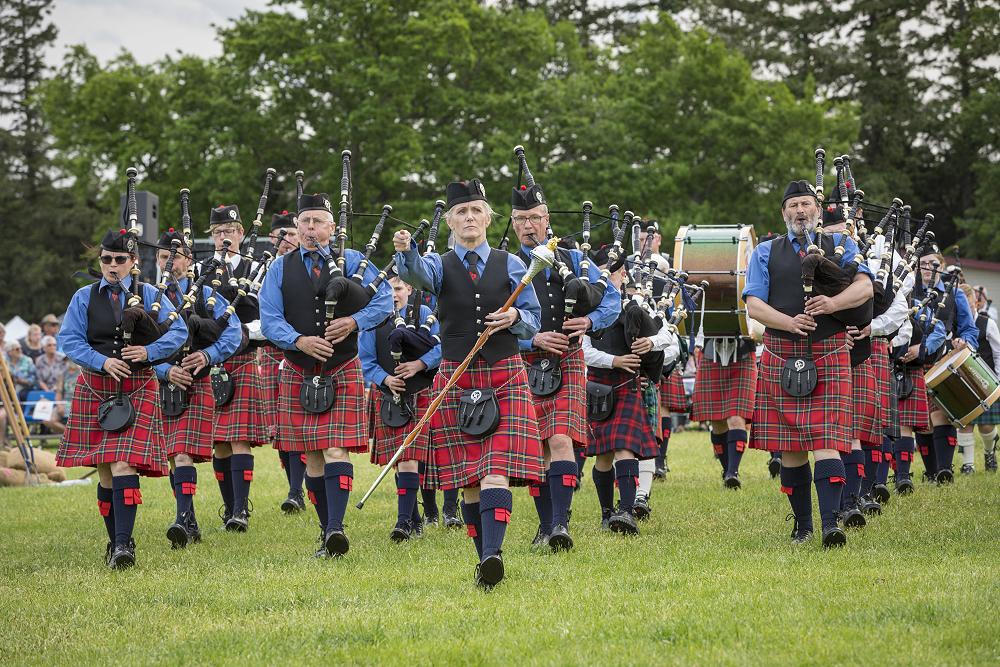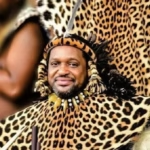Kilt and Highland Dress – Scotland is not just about fashion; it represents a rich cultural tapestry woven into the fabric of Scottish history. For centuries, these garments have served as symbols of pride, identity, and tradition, showcasing the enduring spirit of a nation steeped in lore and community ties. Understanding this attire’s significance requires us to delve deeper into its origins, evolution, and impact on modern culture.
The Historical Roots of Kilt and Highland Dress
The journey of the kilt and Highland dress begins long before they became fashion statements. These garments were born out of necessity but quickly evolved into something more profound.
Origins and Early Uses

The kilt’s origins can be traced back to the 16th century, primarily as functional clothing for farmers and warriors. Made from thick woolen tartan, the design was practical; it provided warmth and ease of movement, crucial for those working in Scotland’s rugged Highlands.
In its early days, the kilt was a full-length garment known as the “great kilt” or “brogues,” which could be wrapped around the body and belted at the waist. This style allowed for versatility: it could easily transform into a blanket for warmth when needed. The practicality of the kilt established it as vital attire for the Highlander, reflecting their connection to the land and lifestyle.
As time progressed, the kilt transitioned from merely functional wear to a symbol of Highland identity. Events such as clan gatherings and military parades saw men proudly donning their kilts, fostering a sense of unity among clans. This transformation marked the beginning of the kilt’s rich cultural significance.
The Tartan Pattern and Its Significance

One cannot discuss the kilt without mentioning the tartan pattern, which adds another layer of meaning. Each tartan pattern is closely associated with specific clans and families, serving as a visual representation of lineage and heritage.
The colors and designs of tartans hold stories, often connected to the geographical areas from which they originated. For instance, the green and blue hues may reflect the landscape of the Highlands, while reds and yellows can denote clan loyalty and pride. Wearing a particular tartan is akin to wearing one’s family crest, allowing individuals to identify with their ancestry.
As the popularity of tartans grew, so did the desire for regional variations, leading to a diverse array of patterns that can now be seen. This rich tapestry is not just fabric; it embodies narratives, struggles, and triumphs of generations, inviting people to connect with their roots.
Evolution Through Time
Throughout the years, the kilt underwent numerous transformations, adapting to various societal changes. The aftermath of the Jacobite uprisings in the 18th century saw an initial suppression of Highland culture, including the wearing of kilts. However, this led to a revival in the 19th century, where romanticized views of the Highlands gave rise to renewed interest in kilt and Highland dress.
Victorian society elevated the kilt to a fashionable status, popularizing it beyond Scotland. Royal endorsements, especially from Queen Victoria and Prince Albert, cemented its place as a symbol of nobility and elegance. The Highland dress gradually made its way into formal occasions and celebrations, infusing traditional attire with modern sensibilities.
Today, kilts are not merely confined to Highland celebrations; they have found their way into mainstream fashion, highlighting their adaptability and enduring appeal. Whether worn at weddings, cultural festivals, or even casual outings, the kilt remains a potent reminder of Scotland’s rich heritage.
The Cultural Importance of Kilt and Highland Dress
Understanding the cultural importance of the kilt and Highland dress goes beyond mere aesthetics; it delves into identity, pride, and the preservation of a rich heritage that defines Scotland.
A Symbol of National Pride
For many Scots, the kilt is synonymous with national pride. When worn during significant national events or sports competitions, it becomes an emblem of unity and belonging. The sight of athletes competing in kilts during events like the Highland Games encapsulates the essence of Scottish tradition, evoking a sense of nostalgia and connection to one’s roots.
Events like Burns Night, where Scots celebrate the poet Robert Burns, also see attendees garbed in kilts, further solidifying the garment’s role as a bridge between past and present. Wearing a kilt during such festivities is not merely a nod to tradition; it fosters a communal spirit that transcends individual experiences, binding people through shared heritage.
Connection to Ancestry and Clan Heritage
The kilt serves as a poignant reminder of one’s ancestry. For many Scots, wearing a kilt adorned with their family tartan signifies a deep connection to their clan and lineage. It becomes a means of honoring ancestors, celebrating family histories, and perpetuating stories across generations.
With the resurgence of interest in genealogy, more individuals are exploring their roots, often leading them to discover their clan’s unique tartan. This has resulted in a renaissance of traditional practices, with families sharing stories and customs linked to their clan’s history, reinforcing the importance of the kilt as a cultural artifact.
Moreover, organizations dedicated to preserving Scottish heritage actively promote the significance of clans and their associated tartans, ensuring that future generations remain connected to their ancestral legacies.
The Role of Festivals and Modern Celebrations
Festivals play a crucial role in keeping the spirit of the kilt and Highland dress alive. Annual events such as the Edinburgh Festival Fringe, the Royal Edinburgh Military Tattoo, and various Highland Games celebrate Scottish culture, drawing visitors from around the globe. Here, the kilt takes center stage, showcasing its versatility and adaptability to contemporary contexts.
During these festivals, the kilt transforms into a canvas for creativity, as designers experiment with modern fabrics and styles while retaining traditional elements. This fusion of old and new captivates audiences, showcasing the dynamic nature of Scottish fashion.
Additionally, the increased visibility of the kilt in popular media—through film, television, and music—has contributed to its ongoing allure. From movies like “Braveheart” to series like “Outlander,” the kilt has captured global attention, elevating its status beyond Scotland and inspiring a worldwide appreciation for this iconic garment.
Contemporary Trends and Innovations in Kilt Fashion

In today’s world, the kilt is more than a relic of the past; it is a living, evolving part of Scottish culture. As global influences shape fashion trends, the kilt adapts, embracing innovation while remaining rooted in tradition.
The Impact of Globalization on Kilt Fashion
Globalization has transformed how we perceive and wear traditional attire. With the advent of e-commerce, accessing high-quality kilts and Highland dress has never been easier. Online retailers like Kilts4Less and Highland Kilt Company provide a plethora of options, ranging from classic styles to modern interpretations, catering to diverse tastes.
This accessibility has sparked a newfound enthusiasm for kilts worldwide. People from various backgrounds are embracing the garment, often wearing it for events, parties, and even everyday life. The kilt’s ability to transcend cultural boundaries speaks volumes about its universal appeal as a symbol of celebration and individuality.
Moreover, the blending of styles—such as pairing a kilt with contemporary urban wear—has redefined its aesthetic. Designers have taken inspiration from street fashion, creating unique combinations that resonate with younger generations. This infusion of modernity breathes new life into the kilt, making it relevant in today’s fast-paced world.
Eco-Friendly Innovations in Kilt Production
As environmental consciousness grows, the fashion industry faces increasing pressure to adopt sustainable practices. The kilt-making industry is no exception. Many brands are now prioritizing eco-friendly materials and ethical production methods, ensuring that the beauty of the kilt does not come at the expense of the planet.
Using organic wool and recycled materials, artisans craft kilts that honor traditional techniques while minimizing ecological impact. This commitment to sustainability resonates with consumers who value ethical fashion choices, uniting tradition and modern values in a meaningful way.
Furthermore, local production supports communities and preserves craftsmanship. By investing in traditional skills and techniques passed down through generations, kilt makers maintain a connection to their heritage while promoting local economies. This cyclical relationship fosters appreciation for both the garment and the artisans who create them.
The Growing Trend of Customization
Customization has become a significant trend in kilt fashion, allowing individuals to express their unique identities. Various companies now offer bespoke services, enabling customers to design their own kilts, selecting patterns, colors, and styles that resonate with their personal stories.
This trend empowers people to take ownership of their heritage, as they create garments that reflect their individuality while still honoring traditional elements. Custom-made kilts can range from playful and bold to elegant and sophisticated, providing an avenue for self-expression within the framework of Scottish culture.
Social media platforms have also played a pivotal role in showcasing customized kilts. Influencers and enthusiasts share their designs, encouraging others to embrace personal creativity while celebrating the rich heritage of the kilt. This vibrant exchange of ideas fosters a sense of community among kilt lovers, further enriching the cultural dialogue surrounding this iconic attire.
Kilt and Highland Dress in Global Culture
:max_bytes(150000):strip_icc():focal(749x0:751x2):format(webp)/kate-in-tartan-aa6d4d8d9a2b4a3886b87ccd84b24e59.jpg)
The worldwide fascination with the kilt and Highland dress extends far beyond Scotland’s borders. Its influence permeates various cultures, illustrating how fashion can act as a vehicle for cultural exchange and understanding.
Kilt as a Cultural Artifact
The kilt has become recognized as a cultural artifact, representing Scotland’s unique identity on the world stage. Its distinctive design and historical significance have garnered admiration from international fashion circles, leading to its inclusion in various global events and exhibitions.
Museums and galleries frequently showcase Highland dress as part of broader discussions about national identity and heritage. The kilt stands as a testament to Scotland’s resilience and creativity, allowing for conversations about cultural representation and the importance of preserving traditions in an increasingly homogenized world.
Furthermore, academic exploration of the kilt has gained traction, prompting research on its social and psychological implications. Scholars analyze how the garment influences perceptions of masculinity, tradition, and cultural pride, contributing valuable insights to the discourse on fashion’s role in shaping societal norms.
Influence on Fashion and Pop Culture
The kilt’s impact on contemporary fashion cannot be understated. Designers continue to draw inspiration from Highland dress, incorporating tartan patterns and kilt-inspired silhouettes into their collections. Major fashion houses have embraced the aesthetic, merging traditional motifs with modern cuts, thereby elevating the kilt to haute couture status.
Pop culture has also played a vital role in popularizing the kilt. Iconic performances by musicians and artists often feature the garment, resonating with audiences worldwide. Festivals, concerts, and public appearances frequently showcase kilts as a symbol of artistic expression, bridging cultural divides and celebrating diversity.
Cross-Cultural Adaptations
The adaptability of the kilt has led to various cross-cultural reinterpretations, where other nations incorporate similar styles into their traditional wear. These adaptations signify respect and appreciation for Scottish culture while also highlighting the universality of fashion as a form of expression.
For example, some Native American tribes have adopted tartan patterns in their regalia, illustrating the kilt’s influence in connecting diverse cultural heritages. Such instances foster a dialogue on the intersection of tradition and modernity, encouraging respect and understanding among different communities.
Conclusion

The story of the Kilt and Highland Dress – Scotland is one of resilience, adaptation, and cultural significance. From its humble beginnings as practical attire for farmers and warriors to its elevation as a global fashion icon, the kilt embodies a rich tapestry of history, identity, and pride.
As globalization continues to shape our world, the kilt remains a living testament to the strength of cultural heritage. Its evolution reflects the dynamic interplay of tradition and modernity, underscoring the importance of preserving our roots while embracing change.
In a world that often seeks instant gratification, the kilt serves as a reminder of the value of heritage, storytelling, and community. As we don these beautiful garments, we carry with us the essence of Scotland—a blend of artistry, history, and unwavering spirit. Whether worn at a wedding, celebration, or simply as a daily choice, the kilt continues to weave itself into the fabric of global culture, proving that tradition can thrive in the modern age.
✉️ Stay Connected — Subscribe for Weekly Updates
Discover timeless stories, practical wisdom, and beautiful culture — delivered straight to your inbox.
*We only share valuable insights — no spam, ever.






